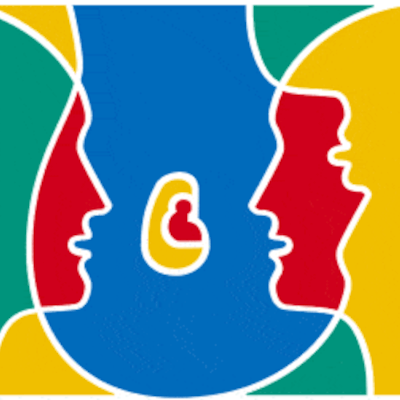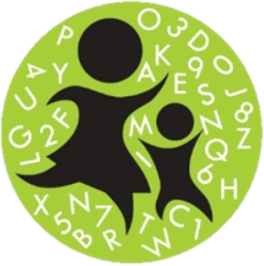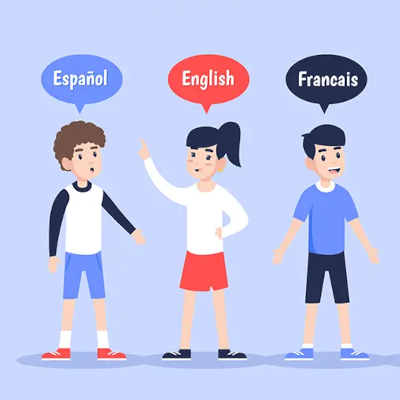During the bilingual mother course, mothers are asked to play a set of audio tracks in the environment where the child is present. These audio tracks consist of short English sentences spoken with a native English accent. To access these recordings, please follow the Neshat Telegram channel via the link below.
If you are curious about the rationale behind this activity and wish to understand its impact on the child’s brain mechanisms, please refer to the explanations provided below.
The Emergence of Language and Linguistic Diversity in Humans
-


Around 200,000 years ago in Africa, modern humans diverged from other species through a genetic mutation. During this period, the human brain expanded, and the region responsible for language began to develop. From that moment on, humans gained the ability to link meaning with sound and to share their thoughts with others — marking the beginning of language in humankind.
-


Following this major transformation, humans migrated from Africa to the Middle East, Asia, and later to Europe and the Americas. Along these migratory paths, both their physical appearance and behaviors evolved, and diverse languages emerged. From a single proto-language, thousands of distinct languages developed—some eventually disappeared or merged over time.
Today, approximately five to six thousand living languages exist. Many of them belong to the same language families, such as the Indo-European family, in which words like mother and brother share common roots. -


Noam Chomsky, in his Principles and Parameters theory, argues that all humans are born with an innate linguistic ability. Our brains are equipped with universal principles of language, but the specific parameters are adjusted according to the environment. That is why a child growing up in Iran learns Persian, in Japan learns Japanese, and in Africa learns one of the local languages.
The differences among languages arise from variations in these parameter settings—not from differences in brain structure. For example, in Persian one can say goftam (“I said”) using a single word, whereas in English the phrase I said must be used. Such distinctions represent the linguistic parameters that each child’s brain calibrates based on the language of their environment. -


Linguistic parameters are activated during early childhood. If a child is exposed to correct linguistic forms at this stage, the brain acquires language naturally. However, if this exposure does not occur, certain parts of the brain’s language system remain inactive.
To address this issue, a collection of short audio clips (2–3 seconds each) has been designed. These sounds act like linguistic seeds that stimulate and activate different areas of the brain. The purpose of these recordings is to rebuild and reactivate the same neural regions that are naturally engaged in language learning during childhood. They:compensate for linguistic deficiencies,
recalibrate linguistic parameters, and
restore the natural pathway of language acquisition.
-


For mothers whose native language is not English, the natural rhythm and patterns of English speech are often absent in daily communication. As a result, the child’s brain may not receive sufficient linguistic stimulation. The designed audio tracks serve precisely this purpose—to replace these missing patterns and activate the necessary linguistic parameters.
However, even more important than the sounds themselves is how they are used. Just like in a gym, the equipment matters, but the results depend on proper training. Techniques such as movement-based activities, sound imitation, “you and me” repetitions, and spoken practice help the child’s brain make effective use of these sounds.
Therefore, there is no need to worry about your own language proficiency—the combination of the audio materials and the instructional methods used in the Neshat program is carefully designed to guide the child’s brain through the natural and effective process of second-language acquisition.
